Granite, with its timeless beauty and durability, has become a popular choice for construction and design projects around the world. Composed mainly of quartz, feldspar, and mica, this natural stone owes its striking appearance to a variety of other minerals that lend unique colors, patterns, and textures. In this article, we will delve deeper into the common minerals found in granite and discover the individuals that come together to create its magnificent mosaic. 1. Quartz: Quartz, one of the most abundant minerals on Earth, stands as the cornerstone of granite. Its crystalline structure imparts durability and resilience to granite while providing stunning clarity and sparkle.

.
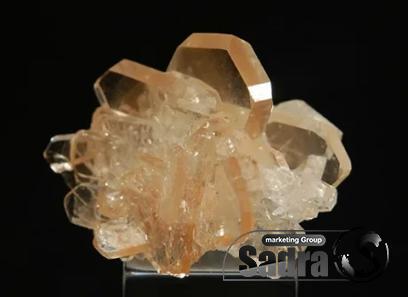 As a major player in the composition of granite, quartz contributes a wide range of colors, from pale hues to vibrant tones, allowing granite to adapt effortlessly to any design scheme. 2. Feldspar: Feldspar, comprising both potassium and sodium-rich minerals, is another essential component of granite. With its low melting point, feldspar acts as the glue that binds the various mineral crystals together, making granite an incredibly hard and compact stone. Feldspar also enriches granite with a myriad of colors, such as whites, pinks, grays, and blues, adding depth and character to its appearance.
As a major player in the composition of granite, quartz contributes a wide range of colors, from pale hues to vibrant tones, allowing granite to adapt effortlessly to any design scheme. 2. Feldspar: Feldspar, comprising both potassium and sodium-rich minerals, is another essential component of granite. With its low melting point, feldspar acts as the glue that binds the various mineral crystals together, making granite an incredibly hard and compact stone. Feldspar also enriches granite with a myriad of colors, such as whites, pinks, grays, and blues, adding depth and character to its appearance.
..
 3. Mica: Mica, renowned for its shimmering luster and remarkable resistance to heat and electricity, creates a dazzling effect in granite. This mineral forms thin, flat sheets that reflect light, producing a striking interplay between dark and light areas. The presence of mica accentuates granite’s natural beauty, imparting a unique radiance and elegance that is hard to replicate. 4. Biotite: Biotite, a dark-colored mineral belonging to the mica family, contributes to the rich diversity of granite. Its distinct black or brown shade creates contrast within the stone and enhances its overall visual appeal. Additionally, biotite provides granite with remarkable hardness and chemical resistance, further bolstering its durability.
3. Mica: Mica, renowned for its shimmering luster and remarkable resistance to heat and electricity, creates a dazzling effect in granite. This mineral forms thin, flat sheets that reflect light, producing a striking interplay between dark and light areas. The presence of mica accentuates granite’s natural beauty, imparting a unique radiance and elegance that is hard to replicate. 4. Biotite: Biotite, a dark-colored mineral belonging to the mica family, contributes to the rich diversity of granite. Its distinct black or brown shade creates contrast within the stone and enhances its overall visual appeal. Additionally, biotite provides granite with remarkable hardness and chemical resistance, further bolstering its durability.
…
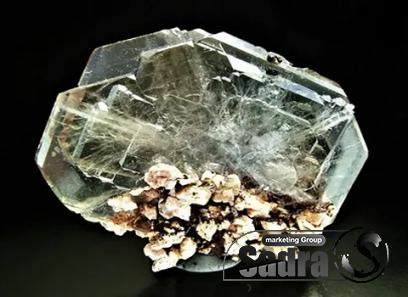 5. Amphibole Minerals: Amphibole minerals, featuring hornblende and actinolite, enrich granite with their dark-green, black, or brown coloration. These minerals impart depth and complexity to the stone’s aesthetics while enhancing its durability and resistance to wear and tear. With their high iron and magnesium content, amphibole minerals play a crucial role in determining the density and strength of granite. Conclusion: Granite, a captivating natural stone, owes its beauty and strength to a diverse array of minerals that interweave to create a mesmerizing mosaic. From the dominant quartz and feldspar to the captivating mica and biotite, each mineral contributes its unique characteristics, imbuing granite with a distinct appearance and remarkable durability. Understanding the significance of these common minerals in granite helps us appreciate the stone’s timeless elegance and its versatility in various construction and design applications.
5. Amphibole Minerals: Amphibole minerals, featuring hornblende and actinolite, enrich granite with their dark-green, black, or brown coloration. These minerals impart depth and complexity to the stone’s aesthetics while enhancing its durability and resistance to wear and tear. With their high iron and magnesium content, amphibole minerals play a crucial role in determining the density and strength of granite. Conclusion: Granite, a captivating natural stone, owes its beauty and strength to a diverse array of minerals that interweave to create a mesmerizing mosaic. From the dominant quartz and feldspar to the captivating mica and biotite, each mineral contributes its unique characteristics, imbuing granite with a distinct appearance and remarkable durability. Understanding the significance of these common minerals in granite helps us appreciate the stone’s timeless elegance and its versatility in various construction and design applications.
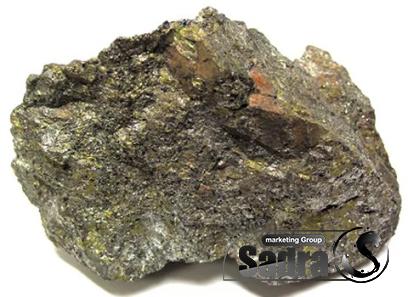
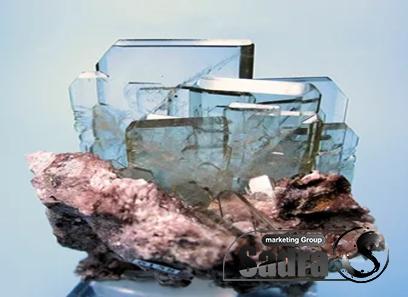
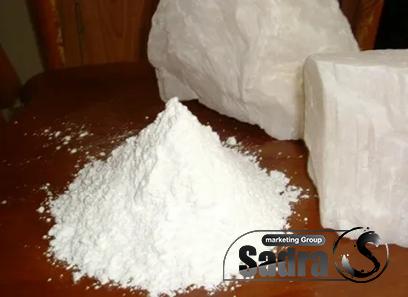
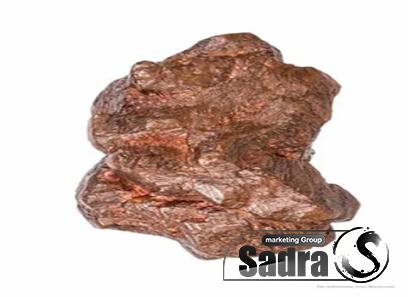
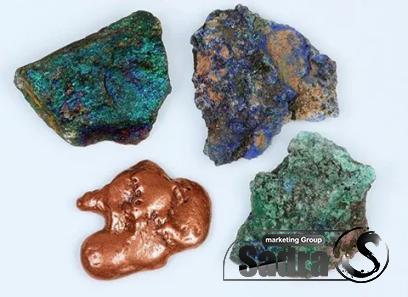

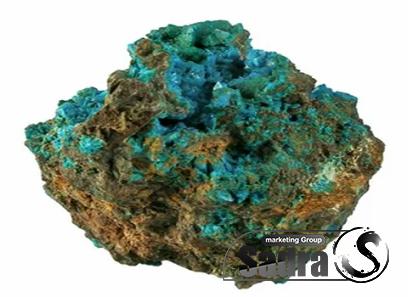
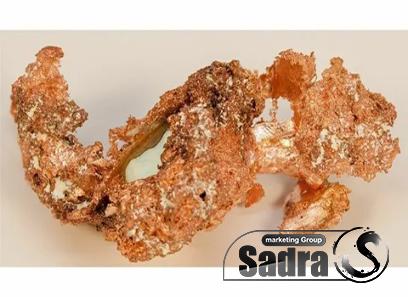
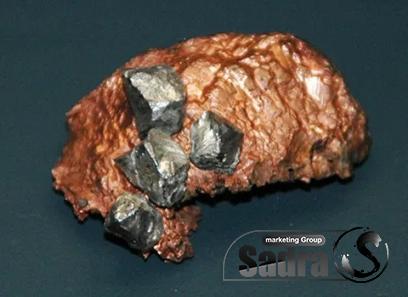
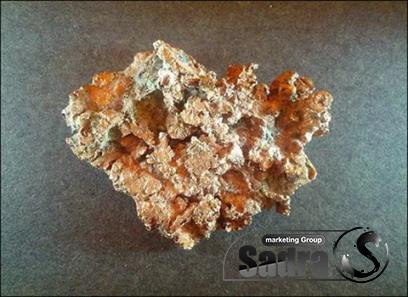
Your comment submitted.